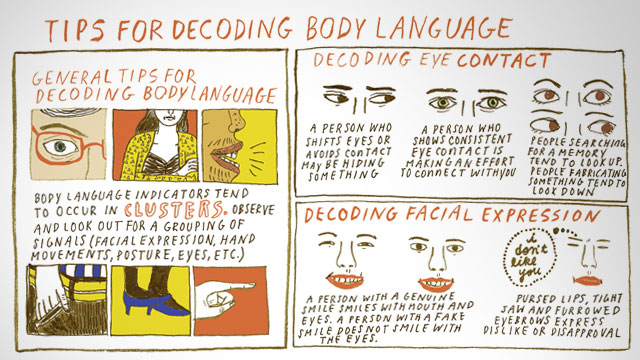How to Use TV as a Speech Therapy Tool for Social Pragmatics
Did yesterday’s post make you want to grab the remote and run? If the new facts about television’s effect on preschool children scared you, it should. But we shouldn’t discredit television all together. For older children, social pragmatic skills can be a great medium for harnessing the elements of television for good. Inference, conversation, humor and analyzing social situations are all goals that can be addressed in speech therapy using TV programs. Similarly, families who gather and watch television together have great opportunities to engage, rather than passively watch, and discuss the situations they are seeing.
Target Areas:
Social pragmatics is an area of language concerned with social skills, how to have and follow a conversation, and acting appropriately with body language, eye contact and other non-verbal elements of communication. According to ASHA, social pragmatics involve three areas: using language, changing language and following the rules. A person may have difficult with this if they:
- Say inappropriate or unrelated things during conversations
- Tell stories in a disorganized way
- Have little variety in language use
Social Pragmatic challenges are often seen in high functioning Autism, Asperger’s, Non Verbal Learning Disorder or Semantic Pragmatic Language Disorder. Some adults may even find that aspects of social communication (making small talk, talking about another person’s interests) can be challenging – so it must be addressed early. These skills are often difficult to target in therapy because situations in treatment are by their very nature, contrived. While social situations in the real world change rapidly and can be unpredictable. Enter: television. A great and usually free resource so therapists and families don’t have to spend money or go into bankruptcy buying specialized speech materials.
Television is great because it is: a high interest medium, has a great cast of characters, and allows for reviewing and discussion of social situations.
Goals for Using Video Clips:
Using television sitcoms, real word shows or even commercials, therapists can target the following goals
- Identifying and interpreting metaphors, idioms and figurative speech in conversation. (Ask the student: What did the character day and what did they really mean?)
- Understanding sarcasm (Ask: how did the character feel when they said that?)
- Identifying conflict among characters (How does one character feel and what made them feel that way? How should the conflict be resolved?)
- Expected and unexpected social behaviors (Ask: How should that character have behaved in that place? What do people expect there?)
- Define and discuss friendship
- Discuss appropriate skills for the workplace or interviews (for older students).
Where to Find Shows:
For younger children: Great shows include Arthur (PBS), Hanna Montana, Caillou, and America’s Funniest Home Videos, Animated videos (Toy Story) where character’s facial expressions are exaggerated
For pre teen or young adults try: the Big Bang Theory, Modern Family, television commercials (especially superbowl commercials)
Searching YouTube can be a great resource for social pragmatic video clips.
Check out other web tools for creating your own videos
How to Use Television:
Prepare: Ideally, instructors should preview the video clips ahead of time and edit or select specific clips that highlight the lesson being taught.
Play: watch the clip together
Pause: Review the concept with the learner and then review the clip. Use slow motion, rewind and fast forward to talk about the cause of an event (“lets go back and look again, Sara said a mean word to Jack”) and the effect (“Look what happens to Jack, he feels sad and lonely”). Consider pausing scenes that depict facial expressions or show salient body language that express emotions and discuss it (e.g., “look he is stomping his foot, what does that mean?).
Reflect: Go back and discuss the scenario you’ve just watched and how to relates to personal experiences or what could have been done differently. Relating to the material with personal experiences will help make the lesson more meaningful




